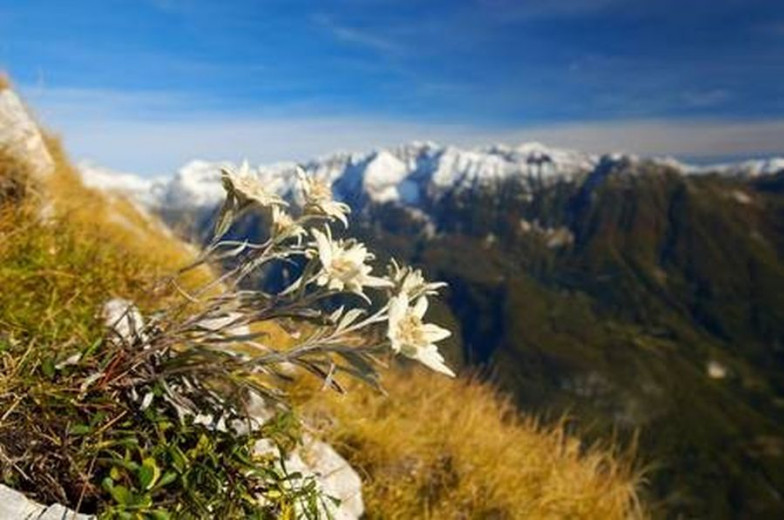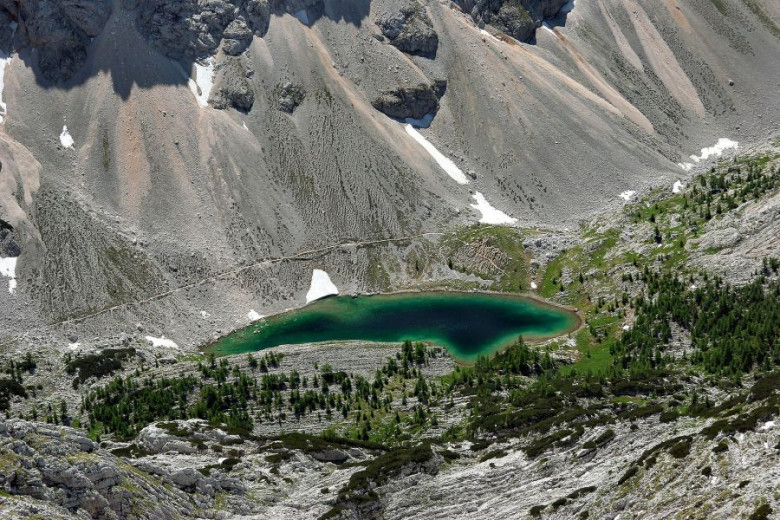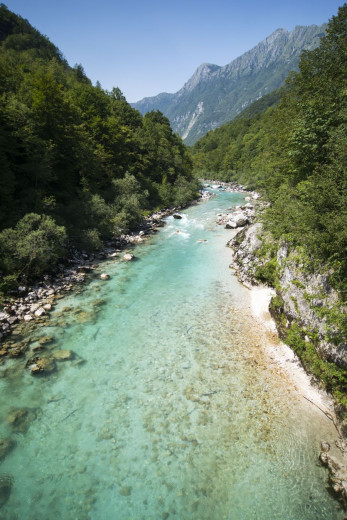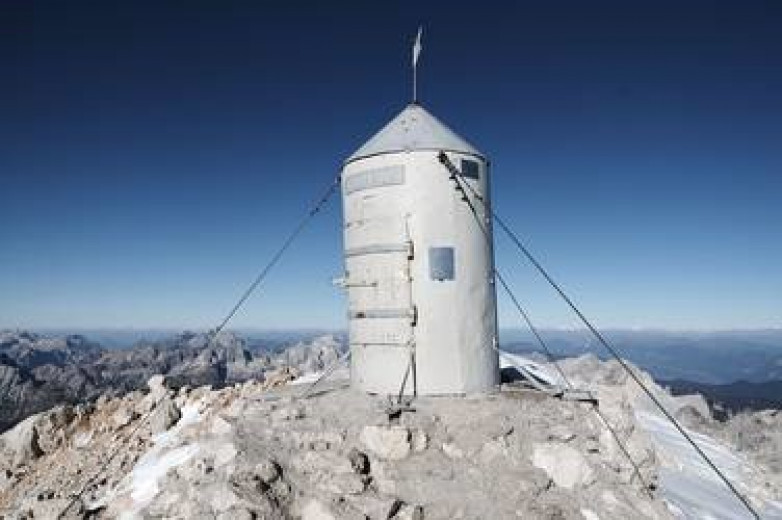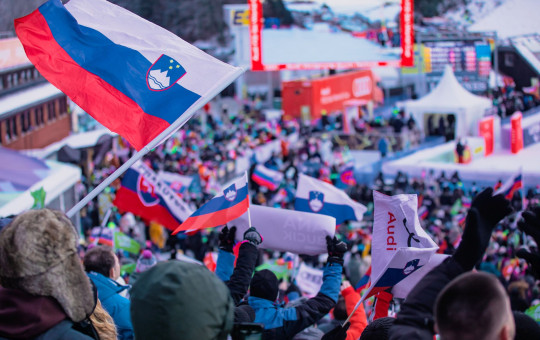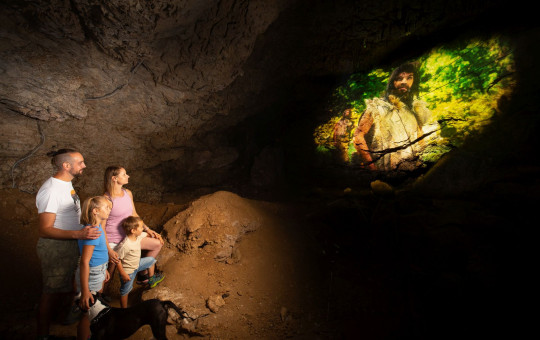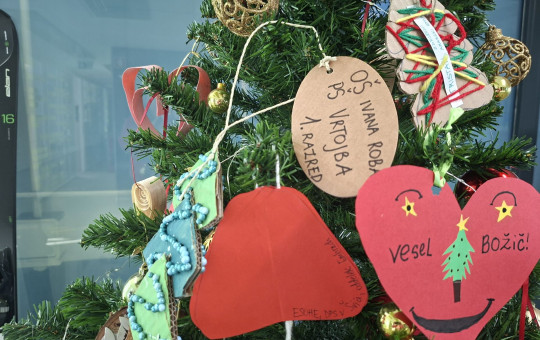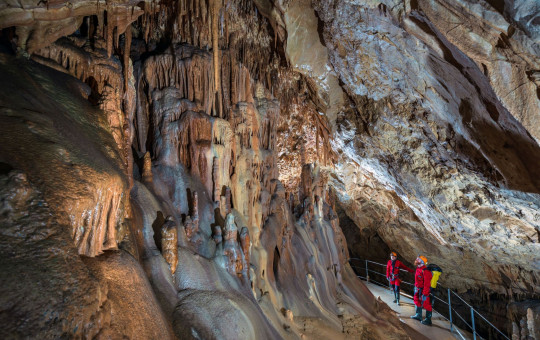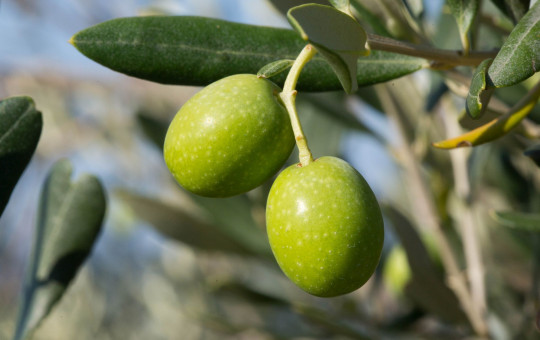Date: 21. June 2020
Time to read: 2 min
Triglav National Park covers almost the entire Slovenian part of the Julian Alps. It is a typical Alpine park with Slovenia’s highest mountains.
Name comes from Mount Triglav, the highest mountain and national symbol of Slovenia. It is the only national park in Slovenia. Its protection started in 1924 when the first protected was established as the Alpine Conservation Park in the Triglav Lakes Valley.
Nature jewel and place of rich cultural heritage
The kingdom of the chamois, ibex and mountain eagles, Soča trout, capercaillie and other rare animal species, meadows and stone rock faces with rare flowers such as edelweiss, Triglav rose, Alpine toadflax and other plants. The sun reflects across the surface of the blue-green water, while the emerald green of the river and the translucent blue of the streams are enchanting. All of this is Triglav National Park, the only such park in Slovenia.
The biodiversity is among the highest in the Alps due to the geological composition of the soil and the mixing of the impacts of the climate between the Alps and the Mediterranean. There is the European watershed in the park running between the Adriatic and the Black Sea. The greatest wealth is represented by the crystalline waters and alpine flowers.
There is the source of our most beautiful river, the emerald Soča, the majestic waterfalls and valleys of the Julian Alps, there are numerous gorges, karst peculiarities and glacial lakes.
The national park boasts with vast forests and highland meadows, plateaus and peat bogs.
The geomorphological features result in numerous endemic flowers (Triglav hawksbeard, Julian poppy, monkshood and Zois' bellflower in rock crevices). Four flowers were named after Mount Triglav: Potentilla nitida, Eritrichium nanum, Gentiana terglouensis and Crepis terglouensis. The wealth of flora is completed by diverse fauna, including the endemic marble trout in the Soča River.
Triglav mountain is symbol of Slovenia
Since 1895, when Triglav was bought by the priest of Dovje Jakob Aljaž to protect it against Germanization, it is the symbol of the Slovenian identity, and after the independence of Slovenia also a symbol of Slovenia. The 2864-metre-high peak of Triglav can be climbed from the Vrata, Kot and Krma Valleys, from Trenta, Pokljuka and Bohinj. The shortest trail to Triglav is from the Vrata Valley, but the easiest and the longest is the 7-kilometre-long trail through the Krma Valley.
At the top of the mountain, the Aljaž Tower awaits you. This metal cylindrical tower, which was declared a cultural and historical monument, was brought by Aljaž’s friends to the top of Mount Triglav in 1895.

